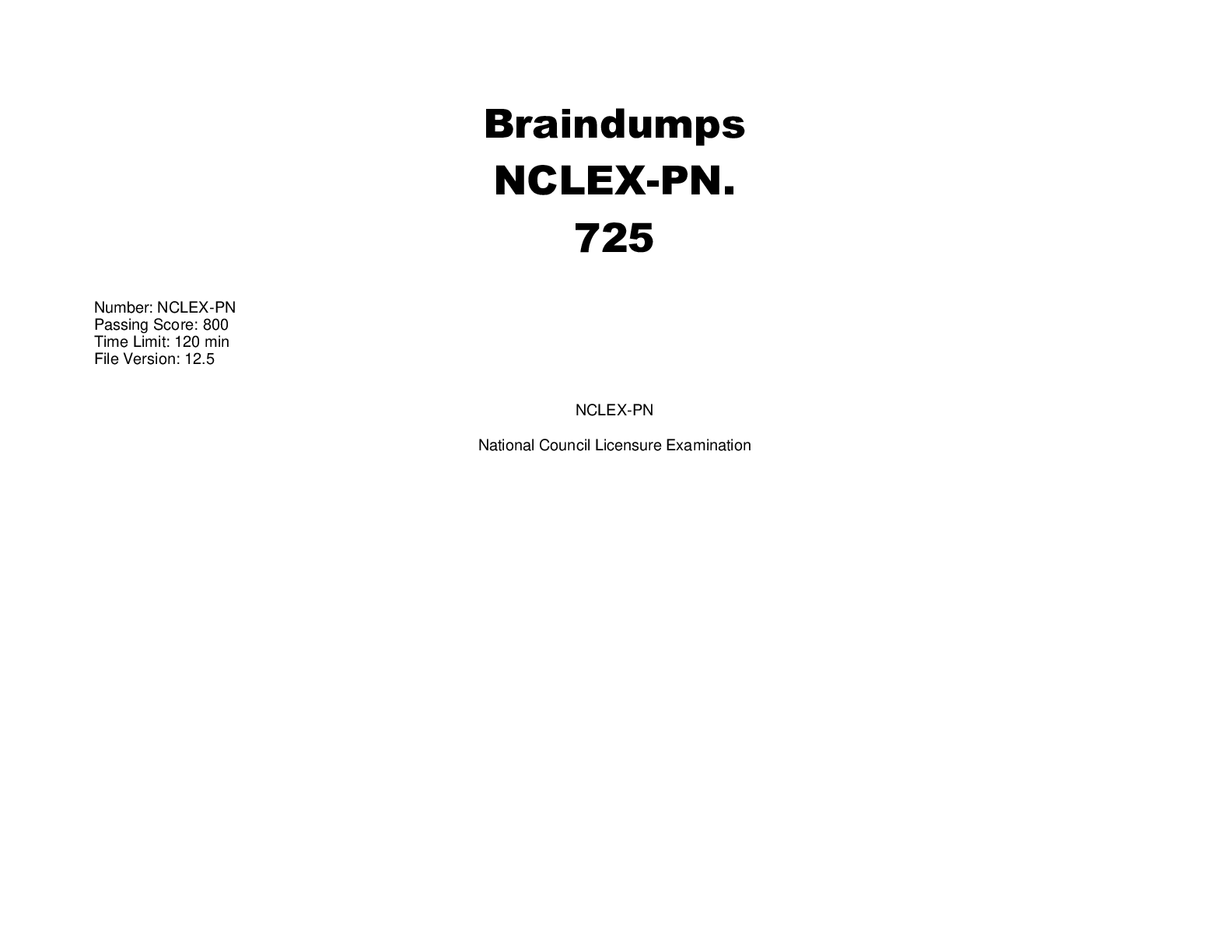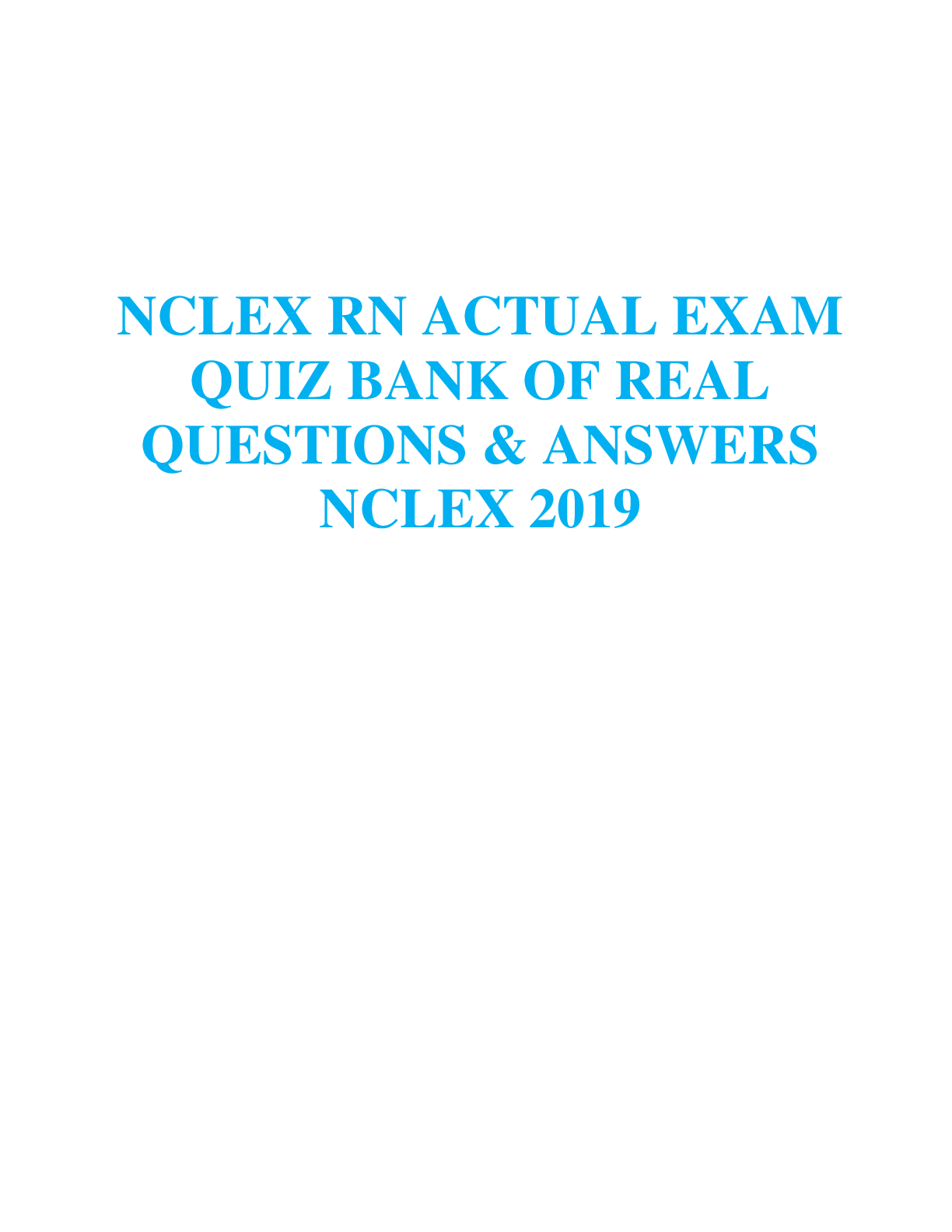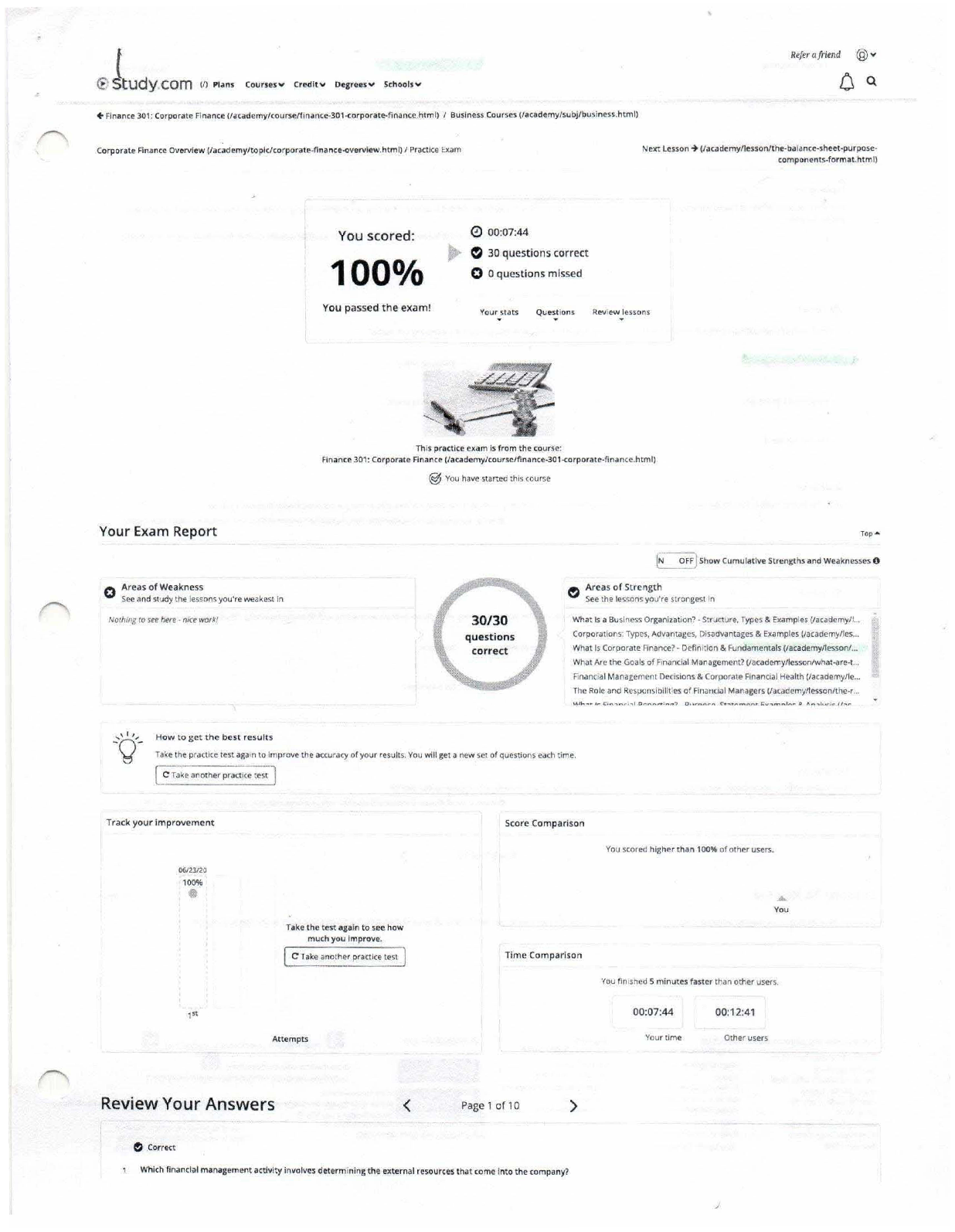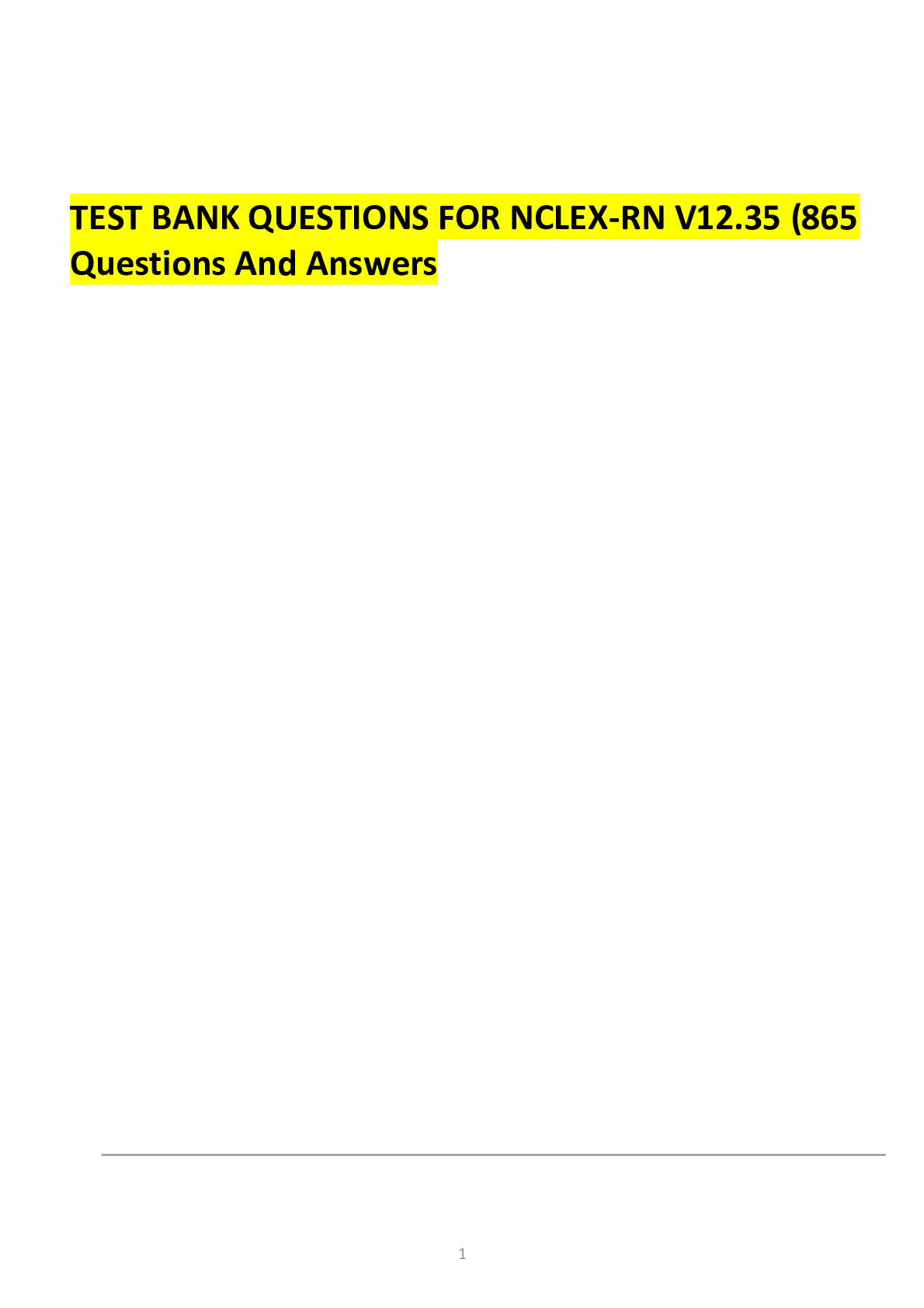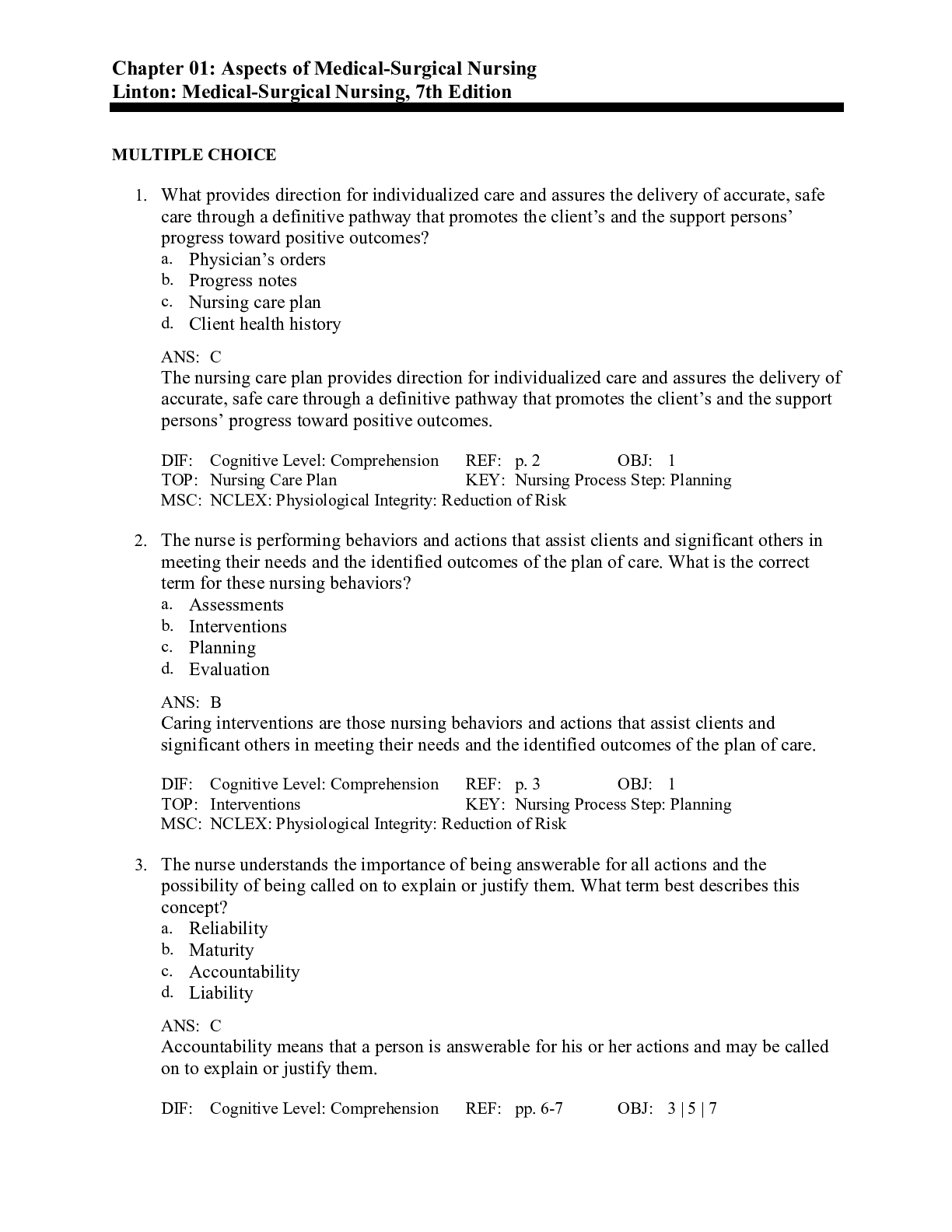NCLEX-RN 515 Exam Dump Questions.pdf | Download for 100% score
Document Content and Description Below
Exam A QUESTION 1 To appropriately monitor therapy and client progress, the nurse should be aware that increased myocardial work and O2 demand will occur with which of the following? A. Positive i... notropic therapy B. Negative chronotropic therapy C. Increase in balance of myocardial O2 supply and demand D. Afterload reduction therapy Correct Answer: A Section: Questions Set A Explanation Explanation/Reference: Explanation: (A) Inotropic therapy will increase contractility, which will increase myocardial O2 demand. (B) Decreased heart rate to the point of bradycardia will increase coronary artery filling time. This should be used cautiously because tachycardia may be a compensatory mechanism to increase cardiac output. (C) The goal in the care of the MI client with angina is to maintain a balance between myocardial O2 supply and demand. (D) Decrease in systemic vascular resistance by drug therapy, such as IV nitroglycerin or nitroprusside, or intra-aortic balloon pump therapy, would decrease myocardial work and O2 demand. QUESTION 2 The nurse would need to monitor the serum glucose levels of a client receiving which of the following medications, owing to its effects on glycogenolysis and insulin release? A. Norepinephrine (Levophed) B. Dobutamine (Dobutrex) C. Propranolol (Inderal) D. Epinephrine (Adrenalin) Correct Answer: D Section: Questions Set A Explanation Explanation/Reference: Explanation: (A) Norepinephrine’s side effects are primarily related to safe, effective care environment and include decreased peripheral perfusion and bradycardia. (B) Dobutamine’s side effects include increased heart rate and blood pressure, ventricular ectopy, nausea, and headache. (C) Propranolol’s side effects include elevated blood urea nitrogen, serum transaminase, alkaline phosphatase, and lactic dehydrogenase. (D) Epinephrine increases serum glucose levels by increasing glycogenolysis and inhibiting insulin release. Prolonged use can elevate serum lactate levels, leading to metabolic acidosis, increased urinary catecholamines, false elevation of blood urea nitrogen, and decreased coagulation time. QUESTION 3 Which of the following medications requires close observation for bronchospasm in the client with chronic obstructive pulmonary disease or asthma? A. Verapamil (Isoptin) B. Amrinone (Inocor) C. Epinephrine (Adrenalin) D. Propranolol (Inderal) Correct Answer: D [Show More]
Last updated: 1 year ago
Preview 1 out of 204 pages
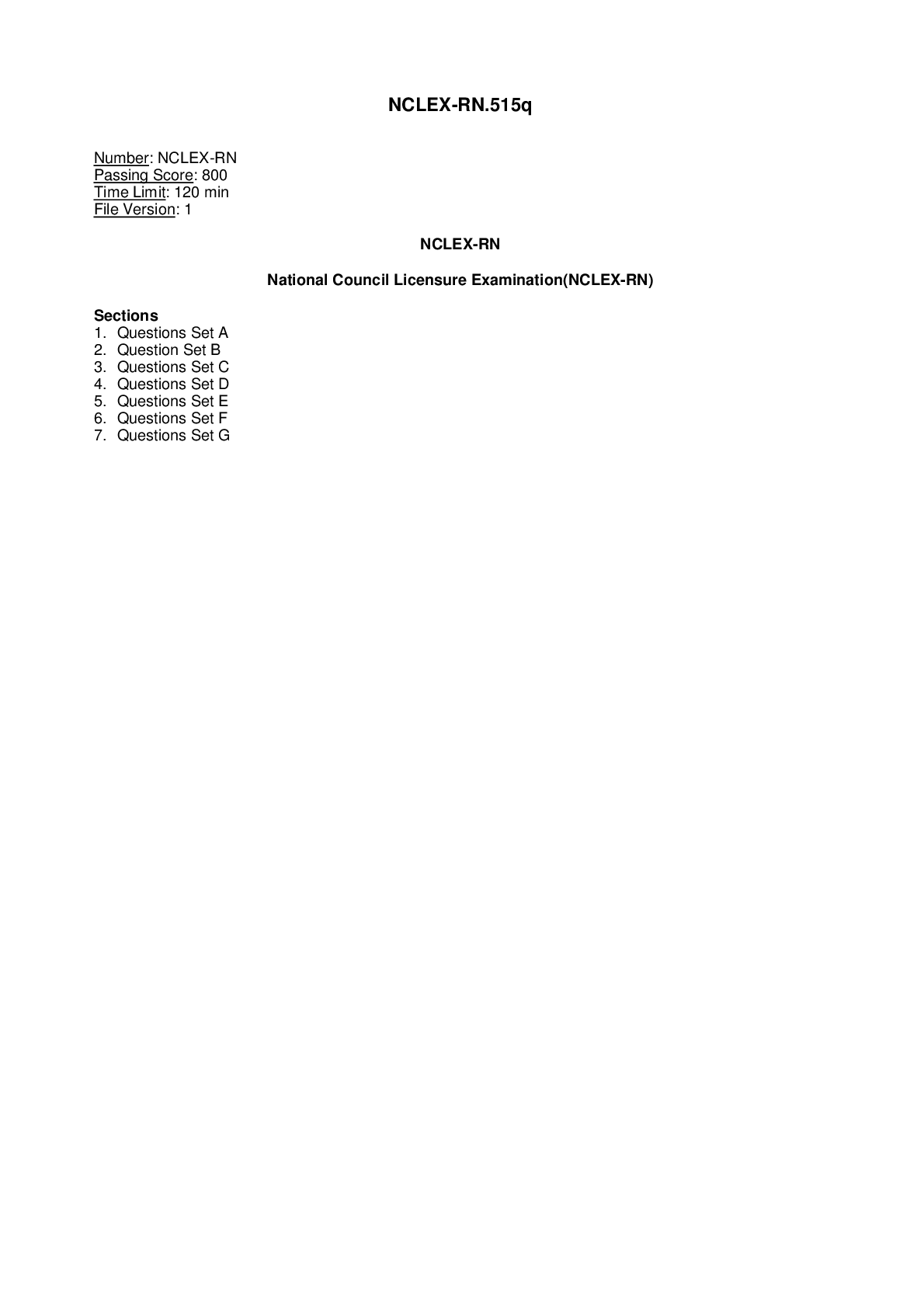
Buy this document to get the full access instantly
Instant Download Access after purchase
Buy NowInstant download
We Accept:

Reviews( 0 )
$28.00
Can't find what you want? Try our AI powered Search
Document information
Connected school, study & course
About the document
Uploaded On
Nov 21, 2022
Number of pages
204
Written in
Additional information
This document has been written for:
Uploaded
Nov 21, 2022
Downloads
0
Views
39

